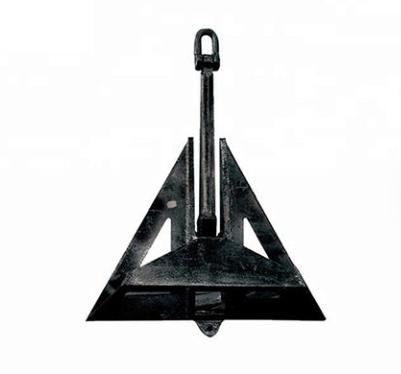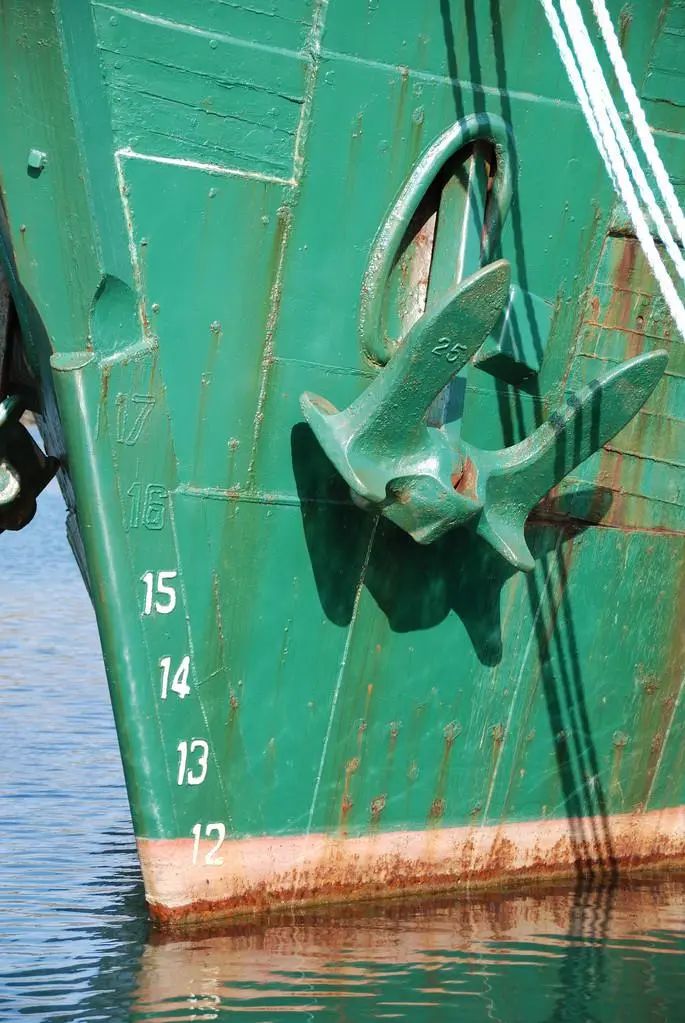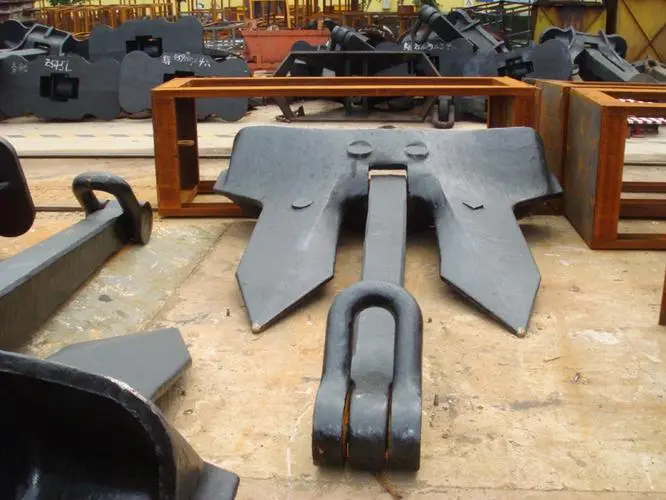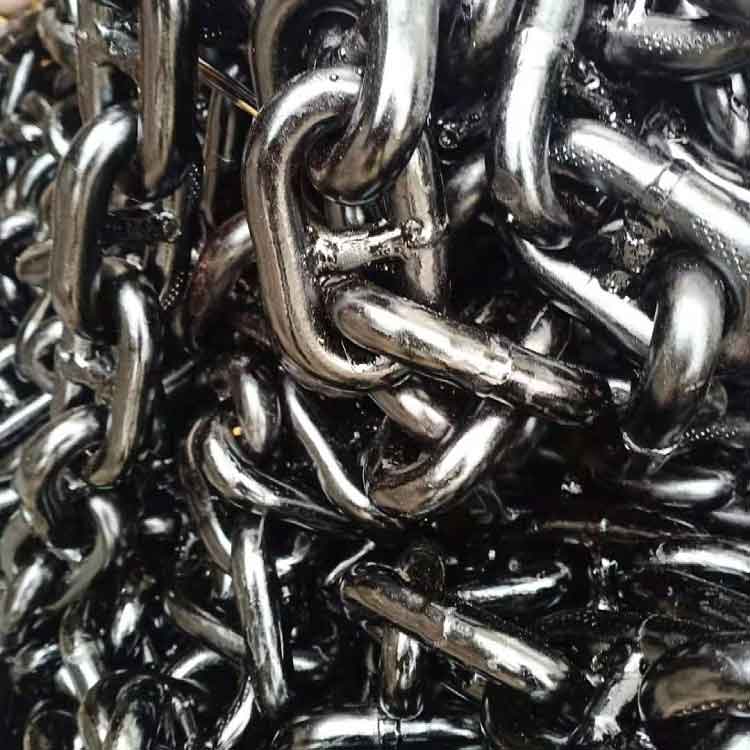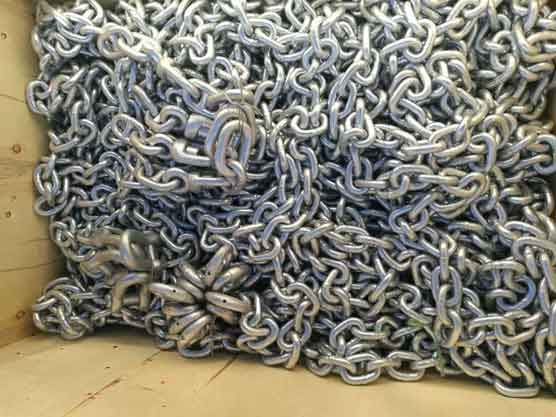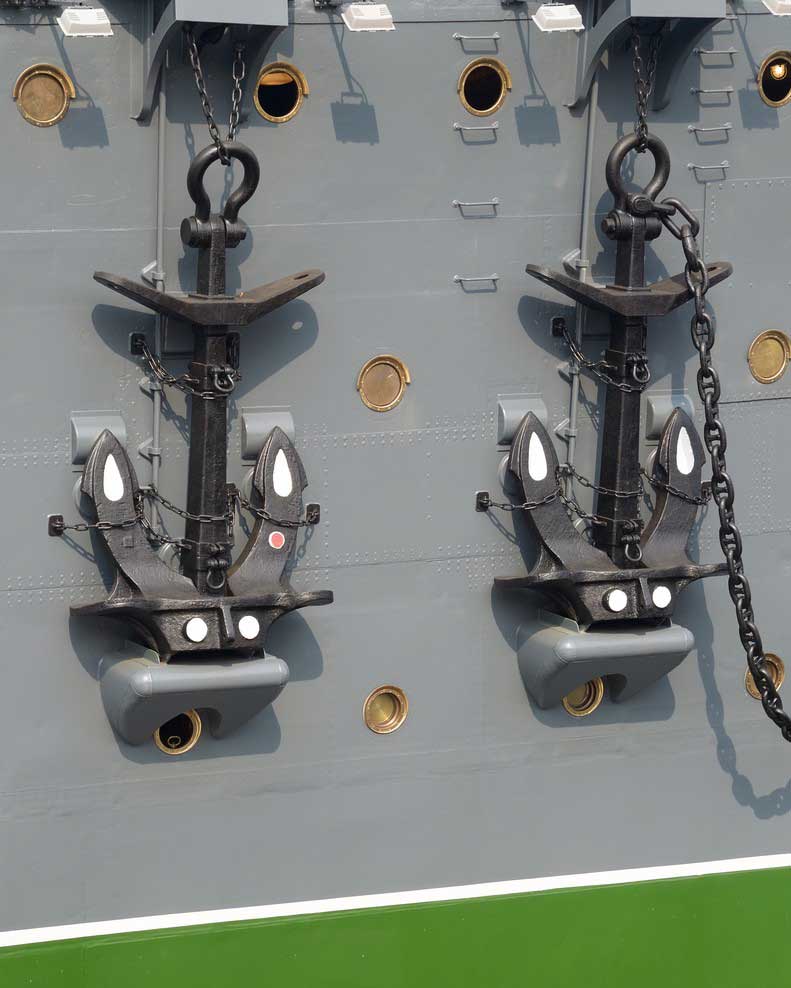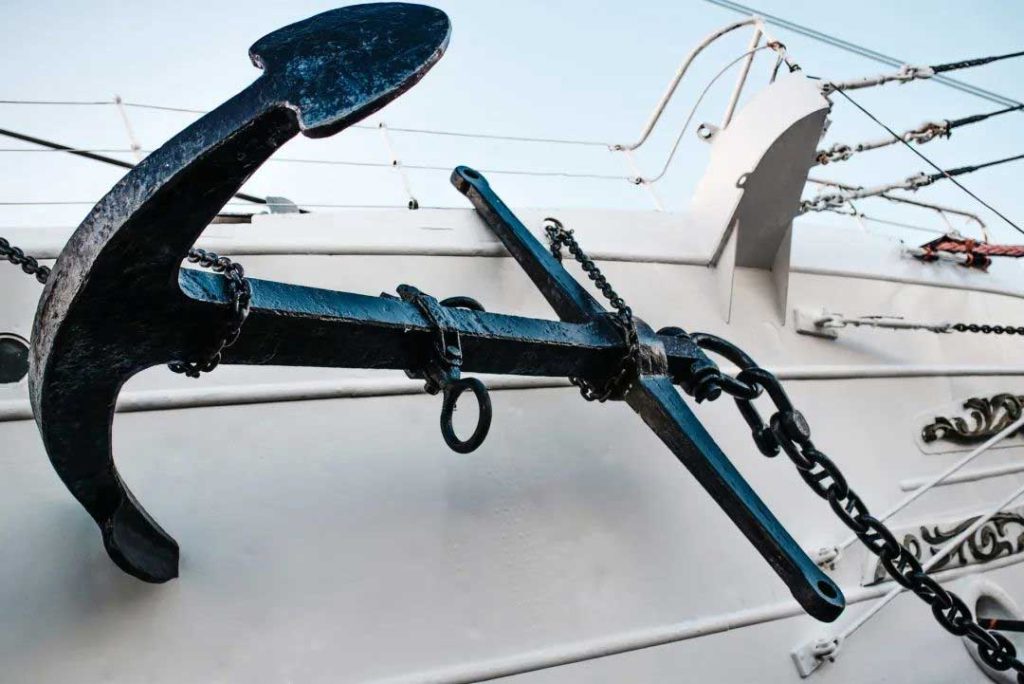Table of Contents
Anchor chains are an essential component of the marine world. They play a crucial role in anchoring ships and other large vessels. Anchor chains are made of steel, and they are designed to withstand the harsh marine environment. In this article, we will discuss the different types of anchor chains, materials used to make anchor chains, and maintenance tips for anchor chains.
What are Anchor Chains?
Anchor chains are heavy-duty chains designed to anchor vessels in place. The chains are attached to the vessel’s anchor on one end and to the seabed on the other end. The chains are usually composed of multiple links that are welded together to create a strong and durable chain.
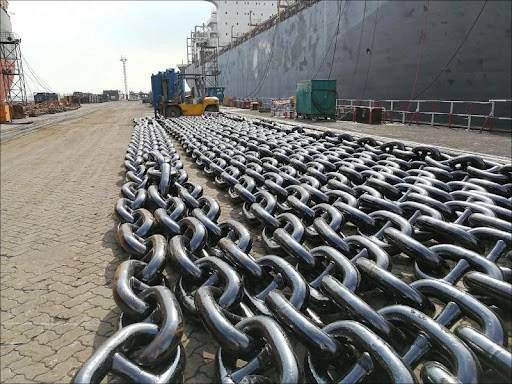
How are Anchor Chains Made?
Anchor chains are made of high-strength steel, which is resistant to corrosion and abrasion. The steel is typically alloyed with other metals such as manganese, chromium, and nickel to increase its strength and durability. The chains are manufactured using a combination of heat treatment, forging, and welding processes.
Importance of anchor chains in boats
Anchor chains are one of the most crucial components of boats. They play a crucial role in keeping the vessel in position, especially in choppy waters. The chain acts as a robust link between the anchor and the vessel, ensuring the stability and safety of the boat. Here are some of the importance of anchor chains in boats.
1. Provides Security and Stability
When a boat is anchored, it needs to remain stable in the water at all times. The anchor chain is responsible for providing the necessary security by keeping the boat fixed in position no matter the conditions of the water. A high-quality anchor chain attaches the boat to the anchor, holding it firmly in place even when winds and tides pull or push against the vessel.
2. Prevention of Drifting
Drifting is a common issue while anchoring, resulting in the boat being swept away by the sea or even colliding with other vessels. A sturdy, well-laid anchor chain is necessary to prevent drifting. If the anchor chain is too light, it may not be adequate to anchor the boat correctly. As a result, the vessel might drift off and become a potential danger to others.
3. Cope with Harsh Weather
Adverse weather can be a significant problem for boaters, and in such conditions, a reliable anchor chain is the best solution. The thick, durable chain can withstand harsh weather conditions in and out of the dock, ensuring that the boat is held firmly in place.
4. Easy Retrieval of Anchor
Retrieving the anchor is more comfortable with an anchor chain than a line. It’s much more comfortable to ease up on the chain, the engine idling, and the anchor trips cleanly off the bottom. When the chain is raised vertically, it leaves enough space for the anchor to release and reposition itself for easy retrieval.
5. Safety
A robust chain ensures the vessel’s safety through the night, while at anchor or a marina. Properly securing the boat eliminates the chance of the boat capsizing or the anchor getting stuck in the water. Anchor chains also help in keeping the boat in place during emergencies, such as storms or rough waters.
Types of Anchor Chains
There are different types of anchor chains available in the market, which can be classified based on size, material, and strength. Here are some of the commonly used anchor chains:
Stud Link Anchor Chain – This is the most commonly used type of anchor chain. It is designed with studs or projections on the links, which prevents the chain from getting twisted.
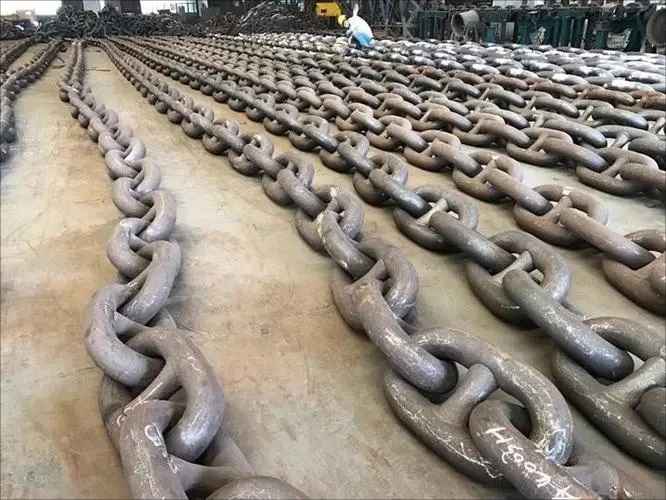
Studless Anchor Chain – On the other hand, is lighter and flexible than stud link anchor chain, allowing it to lie flatter on the seabed.
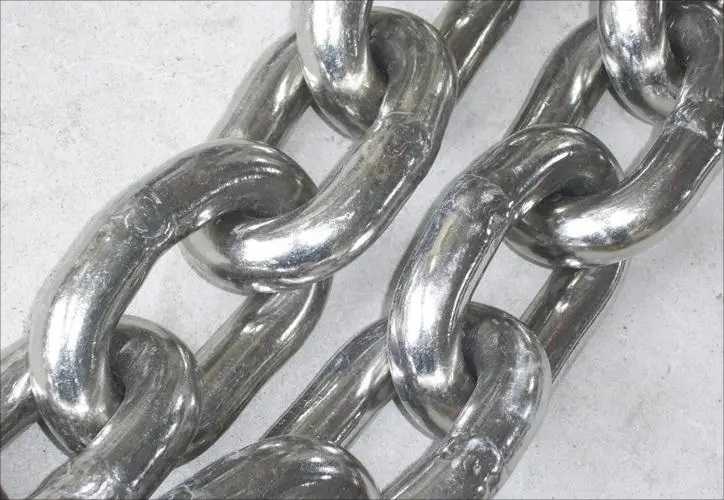
Anchor Chain Grades – Anchor chains come in different grades, which determine their strength and durability. The most commonly used grades are Grade 2, Grade 3, and Grade 4.
Galvanized Anchor Chain – Galvanized anchor chains are coated with a layer of zinc, which provides additional protection against corrosion.
Materials Used to Make Anchor Chains
Anchor chains are made from various materials, including galvanized steel, stainless steel, and aluminum. Galvanized steel chain is the most commonly used material for anchor chains. It is durable, corrosion-resistant, and affordable. Stainless steel chain, on the other hand, is more corrosion-resistant than galvanized steel chains but is more expensive. Aluminum chains are lightweight but not as strong as galvanized steel or stainless steel chains.
Maintenance Tips for Anchor Chains
It is crucial to maintain anchor chains properly to ensure their longevity and effectiveness. Routine inspections should be carried out to check for any signs of wear and tear or deformation. Cleaning the chains regularly can also help prevent corrosion and prolong their lifespan. Here are some tips:
- Rinse your chain with freshwater after each use to remove salt and prevent rust.
- Check your anchor chain for any signs of wear and tear, including bent or broken links, and replace any damaged links immediately.
- Lubricate your anchor chain with corrosion-resistant grease to prevent corrosion and rust.
- Keep your anchor chain in a dry and well-ventilated place to prevent corrosion.
- Before going on a voyage, inspect your anchor chain thoroughly, and ensure that it is in good working condition.
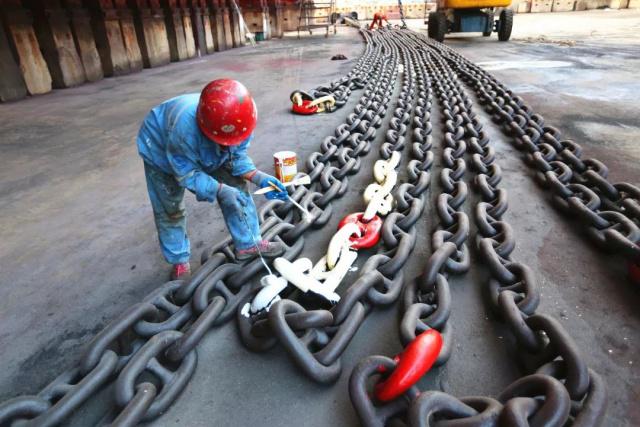
Understanding anchor chains is essential for any boat owner. Different types of anchor chains, materials, and maintenance tips should be considered when selecting and maintaining your anchor chain. Following these tips will help your anchor chain last longer and provide a secure anchoring system for your vessel.
Conclusion
Anchor chains are an essential component of the maritime industry. They provide a secure and reliable means of anchoring large vessels in one location. Understanding the different types of anchor chains available and how to maintain them can go a long way in ensuring a safe and efficient maritime operation.

